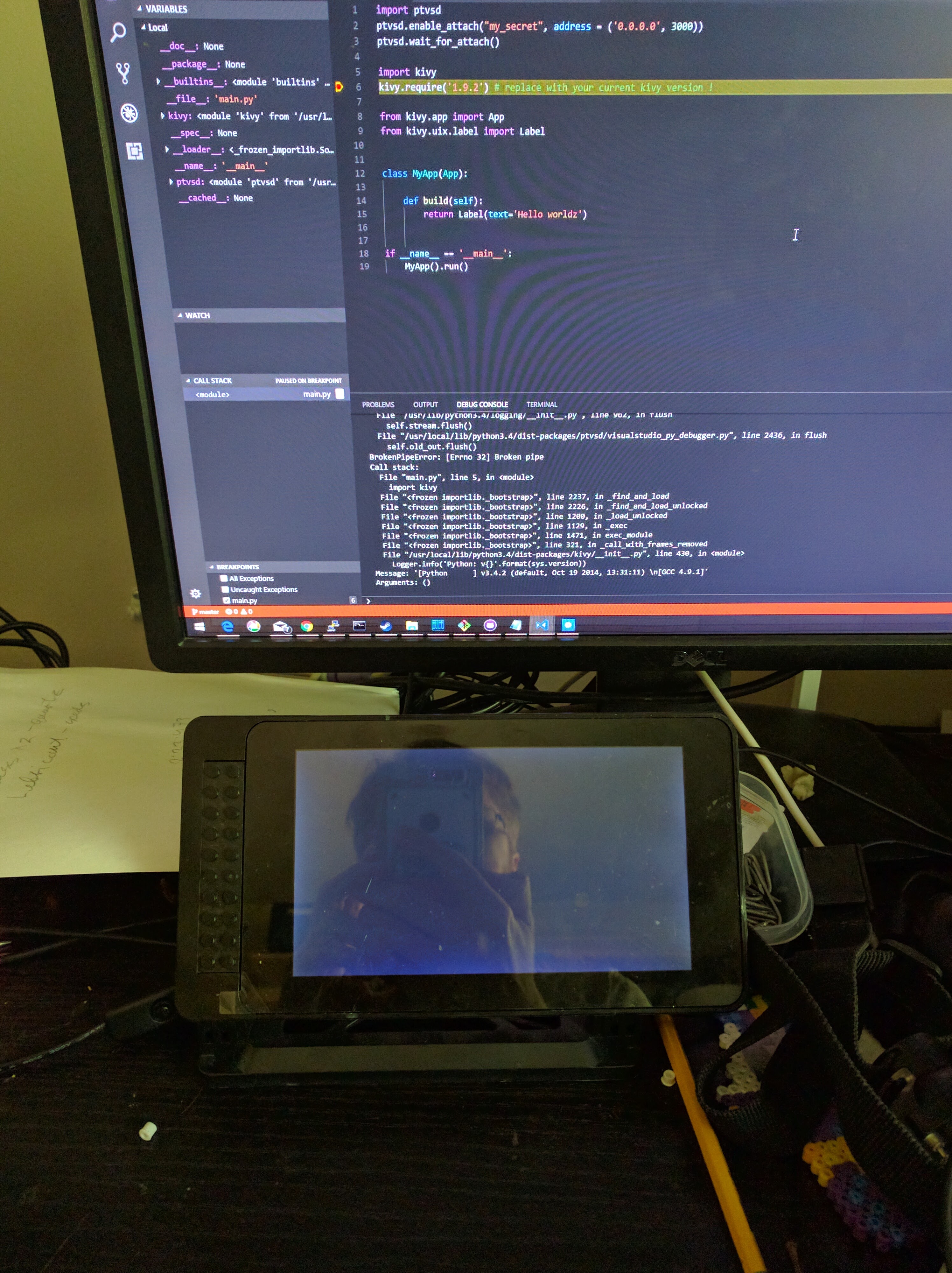How can you ensure seamless remote access and secure management of Beagle Bone Black (BBB) for application upgrades through AWS cloud services? A bold statement to consider is that the integration of IoT devices with cloud platforms like AWS demands not only technical proficiency but also a strategic approach to security and connectivity. This article delves into the intricacies of setting up remote access for BBB, troubleshooting common errors, and deploying applications effectively on AWS EC2 instances.
The process of configuring remote access for BBB involves several steps, starting from establishing a secure SSH connection to setting up port forwarding rules. For instance, when using Debian image with kernel version 4.4.30-ti-r64, it is crucial to ensure that the network settings allow inbound traffic on port 22. Additionally, integrating BBB with AWS cloud server via web sockets requires careful configuration of VPC settings, including enabling DNS hostnames. This setup ensures that any application running on BBB can be accessed and upgraded remotely without compromising security.
| Personal Information | Details |
|---|---|
| Name | NK |
| Location | Not specified |
| Professional Background | IoT Developer |
| Experience | Intermediate |
| Preferred Cloud Platform | AWS |
| Reference Link | AWS Official Website |
Error messages such as sudo: Unable To Resolve Host (none) often arise due to misconfigured DNS settings or incorrect hostname entries in the system files. When working within the Windows Subsystem for Linux (WSL), these issues can be particularly challenging. To resolve this, ensure that your VPC settings in AWS allow for automatic DNS hostname assignment. This step is vital for maintaining consistent connectivity between your local development environment and remote servers.
Deploying full-stack Node.js applications on AWS EC2 instances follows a systematic approach. Initially, setting up the EC2 instance involves selecting the appropriate Ubuntu image and ensuring all necessary updates are installed. Following this, installing Node.js or alternative runtime environments like Bun becomes essential. Transferring your application code to the server can be efficiently managed using tools like rsync, which synchronize files between local and remote machines.
Running the Node.js application continuously necessitates leveraging systemd, a powerful system and service manager for Linux. By creating custom service files, you can automate the startup and monitoring of your application. Furthermore, implementing a reverse proxy using Caddy simplifies handling HTTP requests and securing SSL certificates. Configuring custom domains through AWS Route 53 enhances accessibility while maintaining robust security protocols.
For devices like Raspberry Pi, integrating them with AWS IoT Core offers a streamlined method for managing IoT deployments. Utilizing SSH terminals provides a reliable interface for remote administration. However, potential pitfalls such as security group misconfigurations or incorrect IAM permissions must be addressed promptly. These challenges can lead to errors like The Security Token Included In The Request Is Invalid, requiring reconfiguration of AWS credentials.
Incorporating advanced features like RemoteIoT VPC SSH exemplifies how AWS services enhance IoT device management. This setup involves creating dedicated VPCs tailored for IoT devices, ensuring isolated and secure communication channels. Documentation references from AWS VPC, EC2, and Raspberry Pi provide comprehensive guidance for implementation.
Cryptographic errors related to loading SSH keys from environment variables pose another layer of complexity. Ensuring compatibility between OpenSSL versions and correctly formatting private keys mitigates these issues. For example, generating public keys using ssh-keygen or adding keys to the SSH agent facilitates smoother authentication processes during remote connections.
This exploration underscores the significance of meticulous planning and execution when integrating IoT devices with cloud platforms. From resolving basic connectivity issues to deploying sophisticated applications, each step contributes to building resilient and scalable systems. As technology continues to evolve, staying informed about best practices and leveraging available resources remains paramount for success in the realm of IoT and cloud computing.

![[PDF]](https://indianpdf.com/wp-content/uploads/2022/01/Raspberry-Pi-IoT-Projects_-Prototyping-Experiments-for-Makers-John-C.-Shovic-www.indianpdf.com_-download-ebook-PDF-online.webp)


